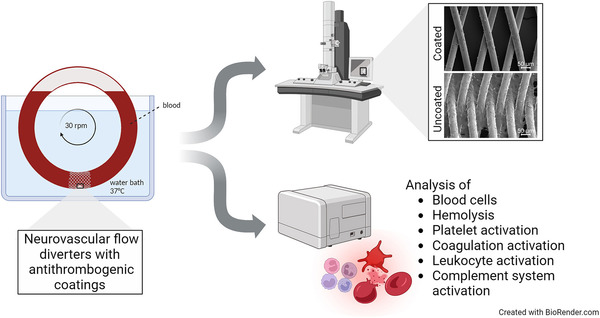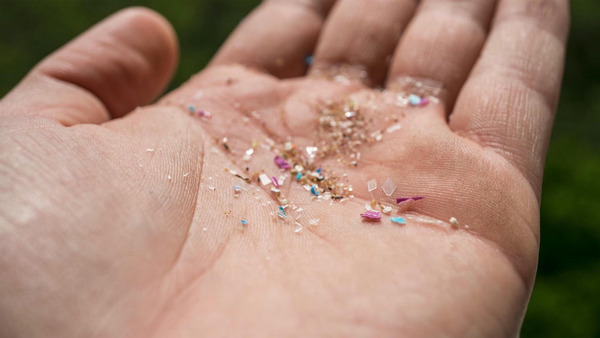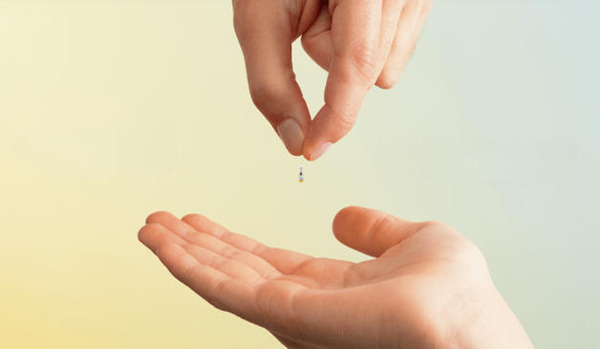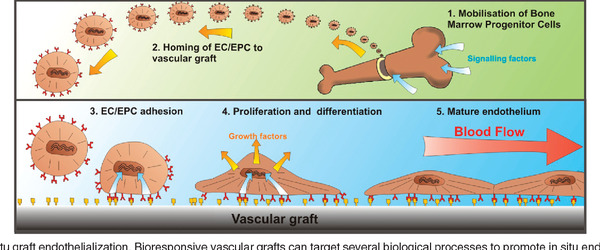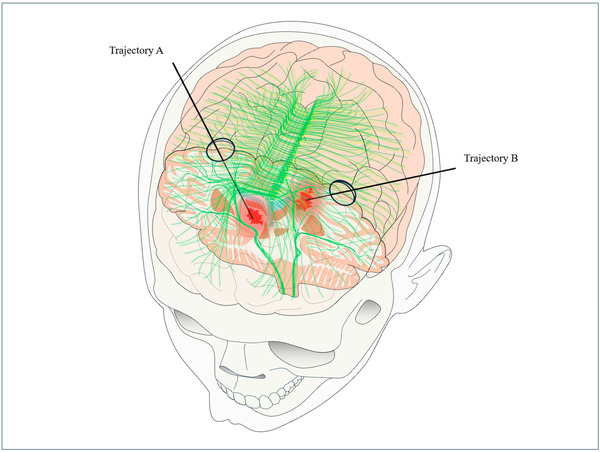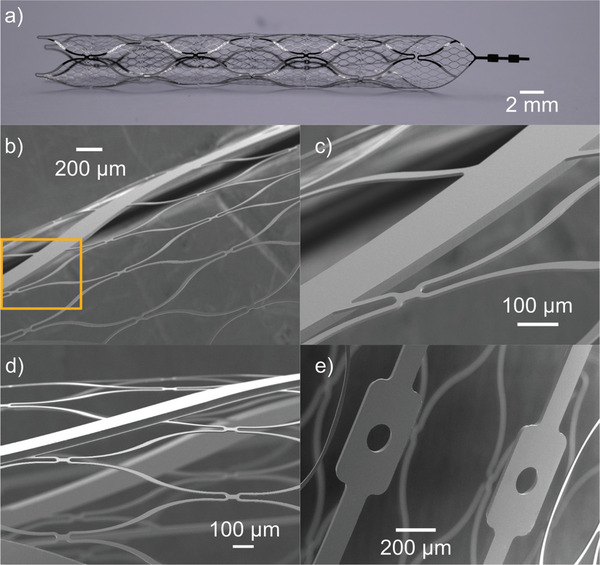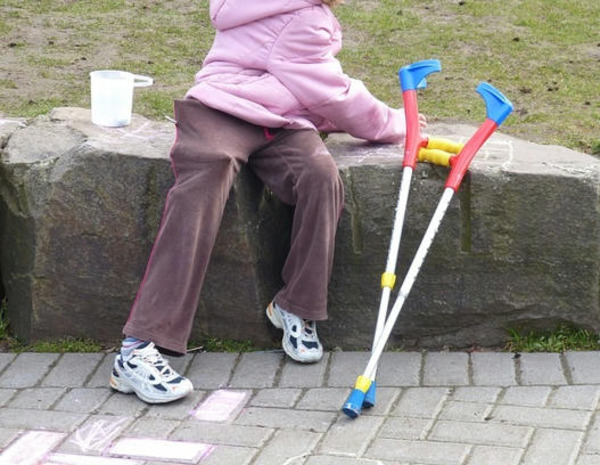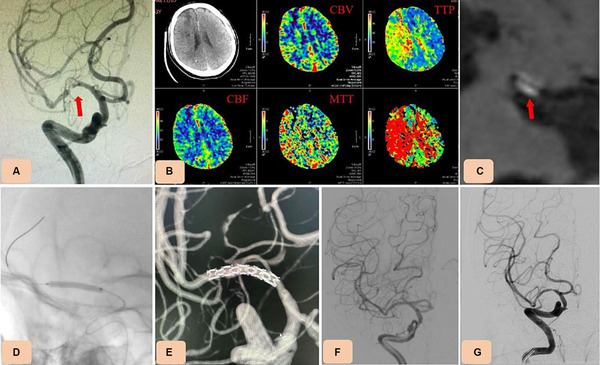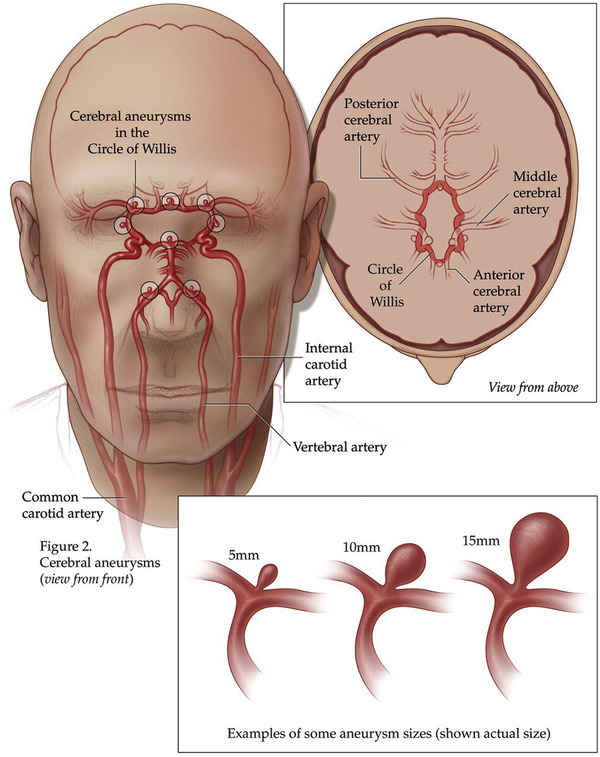 Your new post is loading...

|
Scooped by
Beeyond
April 21, 7:45 AM
|
The findings demonstrate that heparin coated flow diverter stents are characterized by a lower thrombotic signature than bare metal flow diverter stents and raise the possibility of an additional therapeutic option to treat intracranial aneurysms.

|
Scooped by
Beeyond
April 21, 7:42 AM
|
Despite the continual progress in technology, thromboembolic complications still occur following endovascular treatment of cerebral aneurysms and remain the primary contributor to morbidity and mortality. Thus, coating the surfaces of blood-contacting flow diverters may reduce thrombus-related complications in clinical use. In this study, the hemocompatibility of different commercially available flow diverters Pipeline Flex Embolization Device with Shield Technology (Medtronic), the p64 MW HPC (Phenox), and the DERIVO 2heal (Acandis) was investigated using an in vitro blood circulation model.

|
Scooped by
Beeyond
April 20, 4:57 AM
|
While stroke treatment has dramatically changed in recent years, still around 795,000 people experience a new or recurrent stroke each year, and of all strokes 87% are ischaemic.1 A high variability in accessing stroke treatments exists across different countries or different regions within the same nation, even if at present guidelines are quite definitive in indicating endovenous thrombolysis and mechanical thrombectomy (MT) in selected cases as key treatment points. However, treatment indications are continuously evolving and so the vascular surgery world should be prepared to evolve accordingly.

|
Scooped by
Beeyond
April 20, 4:42 AM
|
Stryker notes that the Artix system builds on the success of Inari’s venous thrombectomy devices and is its inaugural entry into the arterial space. “Inari offers a comprehensive toolkit approach to arterial thrombectomy with an innovative, over-the-wire system that provides physicians with the flexibility to aspirate and/or mechanically extract a clot,” a press release reads.

|
Scooped by
Beeyond
April 19, 12:28 PM
|
The study assessed the working status of Norwegian patients with untreated unruptured intracranial aneurysms (UIAs) from 2008 to 2018. It found that these patients had significantly lower work participation pre- and post-diagnosis compared to the general population, highlighting potential psychological and health burdens.

|
Scooped by
Beeyond
April 19, 12:03 PM
|
The researchers found that across all urbanization levels, the age-adjusted ischemic stroke mortality rates increased since 2009; the most pronounced increases were seen in nonmetropolitan areas. There was an increasing proportion of deaths at home, shifting from inpatient medical facilities. There were significant disparities in access to specialized end-of-life stroke care, especially for racial minorities and rural residents. The likelihood of dying in less specialized environments was increased for Black/African American individuals and those in rural settings due to health care access barriers.

|
Scooped by
Beeyond
March 31, 1:59 PM
|
Medtronic's Pipeline Vantage embolization device with Shield Technology is used to treat cerebral aneurysms. This endovascular interventional device is implanted into a blood vessel through a minimally invasive catheter to deliver the braided catheter to the aneurysm site to block blood flow.

|
Scooped by
Beeyond
March 31, 5:10 AM
|
Warfarin is the standard treatment for left ventricular thrombus. However, patients taking warfarin must undergo frequent blood tests to check that the time it takes for their blood to clot remains in a therapeutic range (an INR, International Normalized Ratio, of 2-3). Many other medications and foods can interact with warfarin, potentially increasing the patient's risk for ischemic and bleeding complications.

|
Scooped by
Beeyond
March 23, 12:30 PM
|
The intracranial aneurysm has a certain incidence in the general population, the fatality rate is high after rupture, and the safety and effectiveness of intravascular therapy have been confirmed by many trials, but the intravascular treatment of complex intracranial aneurysms is still facing challenges. The blood flow guidance device (FD) developed based on the hemodynamic research of intracranial aneurysm, changed the concept of intravascular treatment, and its principle is to reshape the local blood flow so that the aneurysm forms thrombosis in the aneurysm and thus block the aneurysm. However, the large-scale application of FD in clinical time is short, and its indications, perioperative period management, surgical operation techniques, and complication prevention and treatment are clinically controversial, and there are no relevant guidelines or consensus in China.

|
Scooped by
Beeyond
March 4, 10:26 AM
|
Microplastics are everywhere—in our water, food, and even the air we breathe. A new scientific review highlights a growing concern: microplastics and nanoplastics are accumulating in human brain tissue. Researchers are now investigating what this could mean for brain health and how we can reduce our exposure.

|
Scooped by
Beeyond
March 4, 10:22 AM
|
Robeauté, the medtech startup developing neurosurgical microrobots, is announcing it has raised 28 million USD led by Plural, Cherry Ventures and Kindred Ventures. Other investors including LocalGlobe, Think.Health and previous investors APEX Ventures participated, along with strategic investment from Brainlab. The new funding will be used to continue developing the technology, starting human trials in 2026 and setting up US operations ahead of FDA approval and full go-to-market.

|
Scooped by
Beeyond
March 4, 10:18 AM
|
Silk Road is known as the developer of TCAR, for transcarotid artery revascularization. In patients that need a stent to help clear a path through a plaque-filled vessel, the company’s Enroute hardware temporarily reverses the flow of blood, to redirect any potentially dangerous loose clots away from the brain.

|
Scooped by
Beeyond
March 1, 12:42 AM
|
Theoretically, not only would there be no need for a DES to have antiproliferative medication towards the vessel lumen, but also any strategy aiming to facilitate endothelial coverage of stent struts might speculatively support a shortened duration of dual antiplatelet therapy. Thus, the idea to coat the luminal surface of the stent with a compound favoring endothelization and the abluminal surface with an antiproliferative drug appears appropriate.

|
Scooped by
Beeyond
March 1, 12:32 AM
|
The cellular and molecular processes that control vascular injury responses after percutaneous coronary intervention involve a complex interplay among vascular cells and progenitor cells that control arterial remodeling, neointimal proliferation, and re-endothelialization. Drug-eluting stents (DES) improve the efficacy of percutaneous coronary intervention by modulating vascular inflammation and preventing neointimal proliferation and restenosis. Although positive effects of DES reduce inflammation and restenosis, negative effects delay re-endothelialization and impair endothelial function.

|
Scooped by
Beeyond
March 1, 12:16 AM
|
Two scores widely used to determine whether patients are at high risk for bleeding after coronary stenting disagreed in 22% of patients, and one score underestimated the risk, warned investigators comparing the approaches.

|
Scooped by
Beeyond
March 1, 12:09 AM
|
MIS shows potential as an alternative to conventional management strategies for ICH, offering encouraging evidence for improved functional outcomes and reduced mortality in selected studies. However, these findings remain limited by gaps in the literature, including the need for external validation, significant methodological heterogeneity, and economic challenges.

|
Scooped by
Beeyond
February 13, 12:01 PM
|
A thin-film FD that overcomes braided FDs limitations while offering similar performance has been developed. The proposed framework is a pilot study for fabricating on-demand patient-specific thin-film FD stents.

|
Scooped by
Beeyond
February 10, 7:11 AM
|
Removing a clot blocking a medium- or small-sized artery in the brain mechanically is a safe treatment for a common type of stroke; however, it did not lessen disability more than best medical treatment (including clot-busting medication if indicated) alone, according to preliminary late-breaking science presented today at the American Stroke Association's International Stroke Conference 2025. The conference, in Los Angeles, Feb. 5-7, 2025, is a world premier meeting for researchers and clinicians dedicated to the science of stroke and brain health.

|
Scooped by
Beeyond
January 26, 10:33 AM
|
In-stent restenosis (ISR) is the primary cause of stroke recurrence after intracranial stenting. Drug-eluting stents (DES) have recently shown great potential for reducing restenosis. This systematic review aimed to evaluate the efficacy and safety of DES compared with bare-metal stents (BMS) for intracranial atherosclerotic stenosis (ICAS).

|
Scooped by
Beeyond
January 26, 10:31 AM
|
This study indicated a favorable midterm clinical outcome of the novel intracranial DES NOVA stent, with a low rate of ISR and without increasing the incidence of periprocedural complications in highly selected patients. The NOVA stent represents a promising new therapy to treat ICAS. However, the clinical results need to be further verified by larger sample size controlled studies with longer follow-up periods.

|
Scooped by
Beeyond
January 24, 11:48 AM
|
The question of whether aneurysms under 5mm should undergo treatment at all, and whether it is safe to do it, has been lingering in the minds of researchers and clinicians for at least the past two decades. The COAST study has made an important step towards a better understanding of the consequences of such a treatment. In order to better put these results in perspective, however, we should take into consideration the natural history of intracranial aneurysms, look at ruptured and unruptured aneurysms separately, and discuss blood blister-like aneurysms as well. One of the most often-heard arguments in favour of treatment when discussing small aneurysms is the discrepancy between natural history studies, showing a low longitudinal risk of haemorrhage from small aneurysms, on one hand, and retrospective analyses showing a preponderance of small aneurysms in large subarachnoid haemorrhage (SAH) series on the other.

|
Scooped by
Beeyond
January 24, 11:45 AM
|
While intracranial atherosclerotic disease (ICAD) is often cited in the context of its greater prevalence among patients in China and other parts of Asia, discussions at the recent BRAIN conference (2–4 December, London, UK) emphasised its relevance as an underlying—and also under-addressed—cause of ischaemic stroke across many global regions.

|
Scooped by
Beeyond
January 24, 11:43 AM
|
Q’Apel Medical has announced that it has received CE-mark certification for its Armadillo SelectFlex neurovascular access system. As noted in a company press release, this “first-of-its-kind” 7Fr system features the patented SelectFlex technology and is indicated for the introduction of interventional devices into the neurovasculature.

|
Scooped by
Beeyond
January 24, 11:42 AM
|
While stroke treatment has dramatically changed in recent years, still around 795,000 people experience a new or recurrent stroke each year and, of all strokes, 87% are ischaemic.1 A high variability in accessing stroke treatments exists across different countries or different regions within the same nation, even if, at present, guidelines are quite definitive in indicating endovenous thrombolysis and mechanical thrombectomy (MT) in selected cases as key treatment points. However, treatment indications are continuously evolving and so the vascular surgery world should be prepared to evolve accordingly.

|
Scooped by
Beeyond
December 30, 2024 4:29 AM
|
Measuring less than 5 mm in size, microplastics are formed over time as plastic materials break down but don’t biodegrade. Exposure to these substances can come through food, air, and skin absorption. While scientists are learning more about how these substances are absorbed by the body, questions remain about how much exposure is safe, what effect — if any — microplastics could have on brain function, and what clinicians should tell their patients.
|

Curated by Beeyond
BEEYOND is a consulting company in the field of disruptive innovation, accompanying established companies on out-of-the-core growth strategy, from creation of new concepts to product launch. Reach us at: contact@beeyond.fr.
|




 Your new post is loading...
Your new post is loading...

